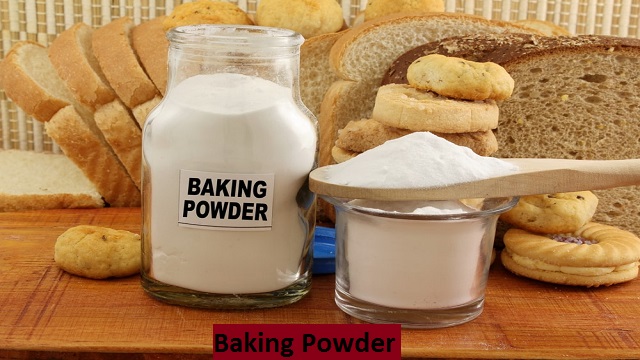
7 Quick and simple alternatives to baking powder.
Believe me, you’re not the only one who has ever started a baking project only to realize you’re missing an ingredient. Here are the best 8 quick and simple baking powder substitutes for when you’re in a bind. Baking powder is one of those ingredients that you typically can’t live without.
When you strip baking powder down, it’s just a combination of baking soda (a base) and cream of tartar (a weak acid), which is used as a leavening agent in baking.
According to Melanie Moss, pastry chef and co-founder of Mini Melanie, “When combined with liquid, powder creates an acid-base reaction, which releases carbon dioxide gas into the batter or dough.”. This produces bubbles, which cause wet batters to rise and expand, giving your baked goods volume and a light, tender texture.
There’s no need to worry if you run out of this. If you have baking soda and an acid on hand, you can easily produce the same reaction in your baked goods.
One part baking soda to two parts acid, for instance, can be used to replace baking powder. So, if a recipe calls for 3 teaspoons (or 1 tablespoon; they are equivalent) of powder, you can use 1 teaspoon of baking soda and 2 teaspoons of any acid of your choice, such as cream of tartar or lemon juice.
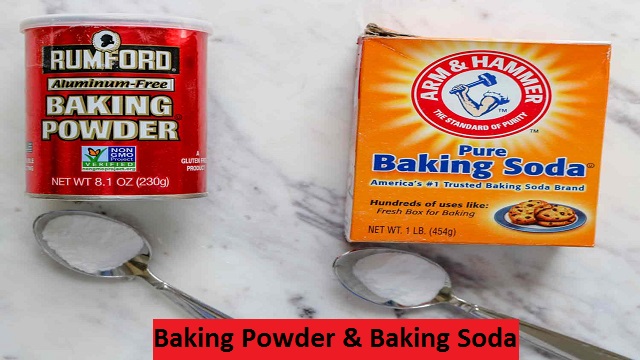
Baking soda and baking powder differ in the following ways.
Chemical leavening agents include baking soda and powder. These leaveners give cakes, cookies, and other baked goods lift and airiness, much like yeast helps bread rise through fermentation. They don’t impart any flavor to the final product like yeast does.
Chemical leaveners, which are added to dough or batter, cause the release of carbon dioxide gas, which produces hundreds of tiny air bubbles that result in fluffy, light baked goods. In her in-depth analysis of baking soda for Epi, contributor Mari Uyehara explains that “both baking soda and baking powder produce carbon dioxide through an acid-base reaction.”. The similarities stop there, though.
A base with an alkaline pH of 8.5, baking soda is. It must interact with an acid in order to release carbon dioxide. Numerous sources may produce that acid. Today, bakers frequently use acidic ingredients like buttermilk, yogurt, white vinegar, brown sugar, and chocolate to combine with baking soda and cause a chemical reaction. In the beginning, that frequently meant sour milk, according to Uyehara. Baking soda quickly produces carbon dioxide when combined with an acid, boosting your batter.
On the other hand, powder is a complete leavening system made up of a base (baking soda), an acidic ingredient (like cream of tartar), and a stabilizer (like cornstarch), which delays the two ingredients’ reaction until the desired time.
For better or worse, the majority of baking powder brands that you’ll find on grocery store shelves have another characteristic: they are double-acting, which means that the chemical reaction takes place twice. When the dry and wet ingredients come into contact, the first reaction takes place. The heat from the oven is responsible for the seconds. Powder is now consistent and dependable for use in a variety of baking tasks, including quick breads, cookies, and cakes.
Powder’s reactions are much slower and simpler to control because it has a quarter the strength of baking soda in an equivalent volume. Therefore, you cannot substitute baking powder for baking soda or vice versa.
What is baking soda?
Baking soda is combined with an acid to make baking powder. Powder releases tiny carbon dioxide-filled bubbles when it interacts with a liquid. In the course of cooking, this reaction causes batters, baked goods, and breads to rise. You should be aware that powder has an expiration date.
Types of baking powder include.
Baking powder comes in three different varieties: phosphate, tartrate, and double-acting. Double-acting baking powder is the kind that is most frequently found in grocery stores, despite the fact that each type has its own distinct qualities. Powder alternatives, like the ones described in this article, are created to spur a chemical reaction without sacrificing the rising force that baking powder would otherwise give your recipe.
A Baking Powder Test.
You can perform a quick test to determine whether or not your baking powder has expired if you’re unsure. Because it won’t function if it’s past its expiration date or has gone bad, you should care. If it fails, you risk wasting the entire batch of ingredients as well as your time and money. Eek!
How To Run A Test:
- Add 1/2 teaspoon of baking powder to a cup.
- Include 1/3 cup of hot water.
Observe.
If the mixture vigorously bubbles up, you’re in luck; if not, toss that can of baking powder and choose one of the alternatives listed in this article.
My favorite substitute for baking powder.
If you’ve ever run out of powder and wondered if you could substitute baking soda, or if you’ve ever baked some muffins or biscuits and questioned why they were so flat, you’re not alone.
I’ve compiled this list of homemade powder alternatives to help you out when your baking powder runs out or expires. Each approach is fairly simple to combine, but more importantly, they will provide you with the leavened outcomes you seek!
7 Substitutes For Baking Powder
It’s very simple to create your own baking powder substitute. The situation is not hopeless if you only have expired baking soda or none at all.

1.Baking powder substitutes include:Cream of Tartar
Cream of tartar combined with baking soda is probably our preferred substitute for powder. A homemade baking powder that you can use in your recipe is made from baking soda and tartar, which provides the necessary acidity.
To Make:Combine 1 tbsp baking powder, 2 tsp cream of tartar, and 1 tsp baking soda. Add 1 tsp of cornstarch to large batches to avoid clumping.
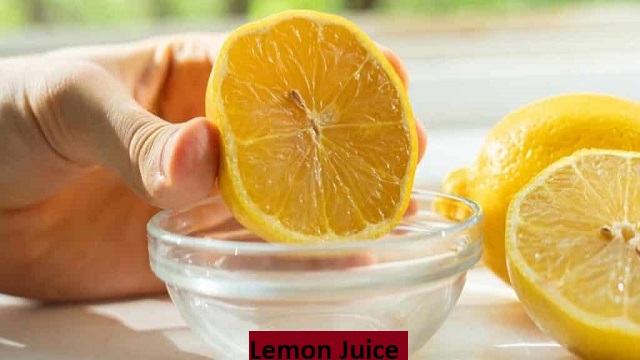
2.Baking powder substitutes include:Lemon Juice
Citric acid, which is present in large quantities in lemon juice, works well as an activator for powder alternatives. Though keep in mind that lemon juice does add a specific flavor to your recipe, so if it won’t be a good option for you to use as a substitute for baking powder. In recipes that call for a little bit of baking powder, we advise substituting it with it.
To Make:1/2 tsp fresh lemon juice and 1/4 tsp baking soda can be used in place of 1 tsp baking powder in the recipe.
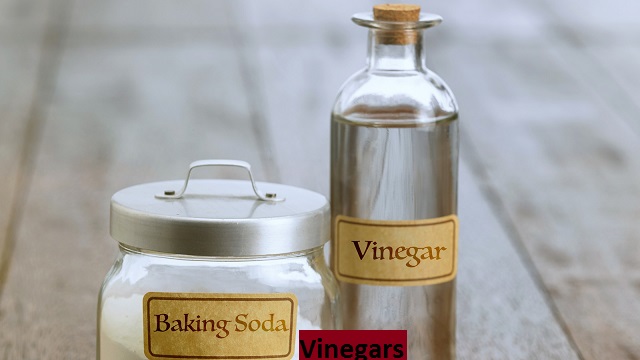
3.Baking powder alternatives include:Vinegars
Similar to lemon juice, vinegar is a very acidic alternative to use in place of powder. If at all possible, we advise using distilled white vinegar instead of other vinegars because it has the least overpowering vinegar flavor. Apple cider vinegar and rice vinegar both function if you’re in a real bind, but they’ll probably give your recipe something extra in the way of flavor.
To Make:Mix 1/2 tsp vinegar with 1/4 tsp baking soda to replace 1 tsp of baking powder.
3.Alternatives to baking powder include:Club Soda
You probably didn’t know that the ingredient that gives club soda its bubbles—baking soda—is also present in the beverage. In a pinch or if you don’t have baking soda or powder, you can substitute club soda for the water or milk in the recipe to add volume.
4.Alternatives to baking powder include.Whipped Egg Whites
If you only have egg whites in the refrigerator, don’t worry if you don’t have baking soda or powder. While using whipped egg whites in place of powder or baking soda won’t achieve the same results, it will most likely give your recipe more volume, saving you time if you’re in the middle of a project and don’t want to wax the entire thing. In theory, you can use this for things like waffles or pancakes, but probably not things like cookies or cakes.
To Make:The egg whites will deflate if you overmix them, so beat them completely before folding them into your batter.
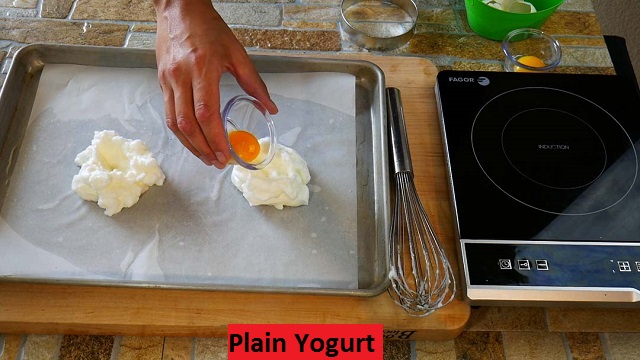
5.Baking powder substitutes include:Plain Yogurt
Plain yogurt is a naturally acetic food. This makes it a great substitute for powder because it can produce a small reaction when combined with baking soda that is very similar to that of powder. We strongly advise against using any flavor of yogurt as it will likely add additional ingredients and sugars that could affect the outcome of your recipe. If the recipe doesn’t call for a lot of wet ingredients, plain yogurt is not a good substitute for baking powder. Add another 1/2 cup of liquid reduction to the other liquids.
To Make:Add 1/4 teaspoon baking soda to the dry ingredients and 1/2 cup plain yogurt to the wet ingredients to replace 1 teaspoon baking powder.
6.Baking powder alternatives include:Butter Milk
Many people might be surprised to learn that buttermilk is a very acidic ingredient. If you’re in a pinch and are out of powder, this acidic ingredient works wonders. That said, it’s not a great choice for recipes that don’t contain a lot of liquid. To avoid having a mixture that is too wet, you will need to reduce the liquids in the recipe if you choose to substitute powder.
To Make:1/4 teaspoon baking soda and 1/2 cup buttermilk can be used in place of 1 teaspoon baking powder.
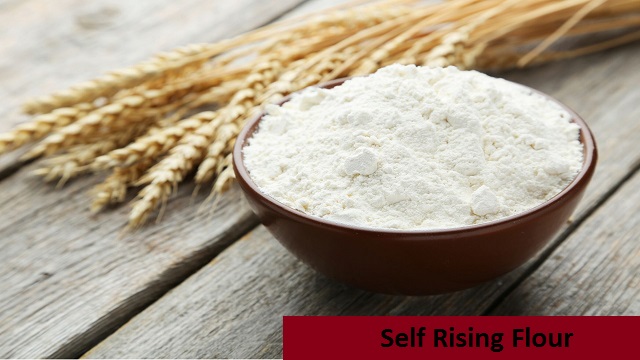
7.Baking powder alternatives include:Self Rising Flour
Self-rising flour has salt and powder mixed into it already, which is how it differs from regular flour. You are welcome to omit the baking powder and salt specified in the recipe and substitute self-rising flour for the all-purpose flour. This simple powder replacement is a great and simple swap.
Can Cornstarch Be Replaced by Baking Powder?
No, substituting baking soda or powder for cornstarch is not advised.
Why Would Baking Powder Need to be Replaced?
Due to its expiration date, which is the same as anything else, powder might need to be replaced. It loses some of its leavening power after it expires, so your baked goods won’t rise as they should.
By putting about 1/2 tsp of powder into some warm water, you can check to see if it has expired. The mixture still works even if it fizzles. The remaining powder should be discarded if it doesn’t.
Baking powder – a Yeast Alternative?
Yes, you can substitute powder for yeast in a 1:1 ratio. The baked good, bread, or mixture will rise, but it’s crucial to understand that it won’t rise as well or quickly as it would if you used yeast as the recipe directs.
What Purpose Does Baking Powder Serve in a Recipe?
A leavening agent, baking powder can lighten the texture of whatever you’re making as well as help your baked goods rise.
Baking powder contains a dry acid that reacts with a base to produce carbon dioxide when combined with water. Your recipe will rise as a result of the release’s formation of bubbles.
The Best Substitute to Choose.
It’s important to keep in mind the flavor profile of your finished baked good when choosing the best powder substitute.
In recipes that only call for a small amount of baking powder, vinegar, for instance, might add a sharp, sour flavor and is probably best used in that place.
On the other hand, molasses has a very sugary flavor and would work better in sweet desserts than savory breads.
In addition, depending on the substitution you make, you might need to change the other ingredients in your recipe.
Make sure to adjust the proportions of the other liquids in the recipe if you’re substituting liquid for powder. You can maintain the right texture and consistency by doing this.
The amount of other ingredients in your recipe may need to be changed if you choose a substitute with a strong flavor in order to get the desired flavor.
In summary:
When you have the proper ingredients and substitutions in case you don’t have everything on hand, baking can be a ton of fun. Overall, remember that the purpose of baking soda and powder is to raise the batter or dough in your recipe. It’s a chemical reaction, so an acid is necessary. Measure things accurately, be willing to try new things, and most importantly, have fun!
Read More: Rice Crispy
Leave a Reply